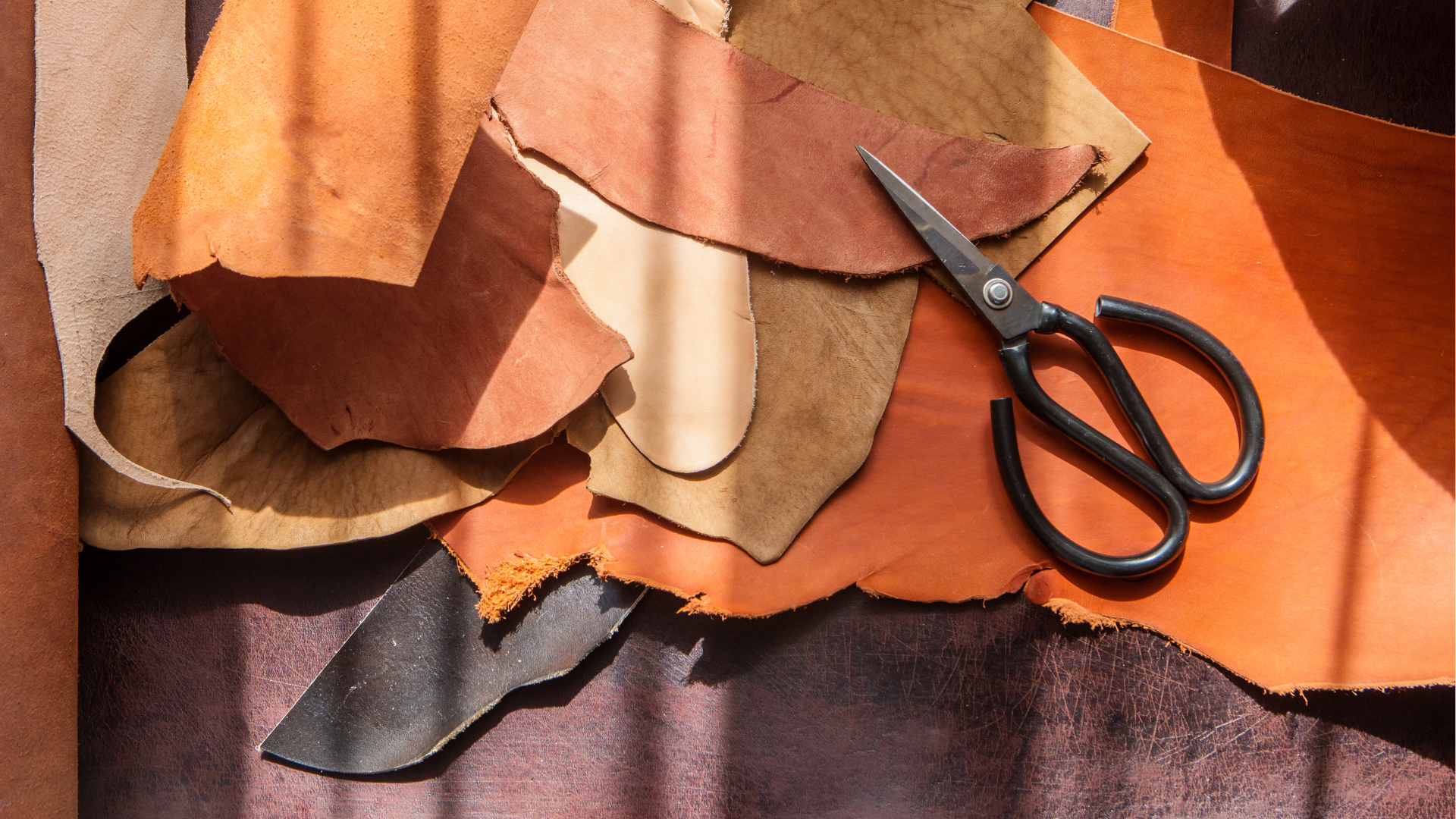Mastering the Art of Leathercrafting: A Beginner's Guide
Leathercrafting is an ancient art that has captivated artisans and hobbyists alike for centuries. From the intricate tooling of medieval armor to the sleek lines of modern accessories, leather has been shaped and molded into works of art that stand the test of time. If you've ever felt the pull of this timeless craft, you're not alone. In this beginner's guide, we'll explore the basics of leathercrafting and how you can get started on your own journey of creativity and craftsmanship.

Understanding Leather: The Foundation of Your Craft
Before you dive into leathercrafting, it's important to understand the material you'll be working with. Leather comes in various types, each with its own unique characteristics and uses. From the supple feel of cowhide to the rugged durability of vegetable-tanned leather, the possibilities are endless.
Start by familiarizing yourself with the different types of leather available, including their strengths, weaknesses, and ideal applications. This knowledge will not only help you choose the right leather for your projects but also ensure that your finished pieces are of the highest quality.
Essential Tools and Supplies
Like any craft, leathercrafting requires a set of tools and supplies to get started. While the list may seem daunting at first, you'll soon find that many of these items are versatile and can be used for a wide range of projects. Some essential tools and supplies include:
- Cutting tools: such as utility knives, rotary cutters, and leather shears.
- Stamping tools: including mallets, stamps, and punches for adding decorative designs.
- Stitching supplies: such as needles, thread, and awls for hand-sewn seams.
- Finishing products: like dyes, stains, and finishes to enhance the appearance and durability of your leather.
Investing in high-quality tools and supplies from the start will not only make your projects easier but also ensure that your finished pieces are of the highest quality.
Basic Techniques and Projects to Get You Started
Now that you have your tools and supplies, it's time to start crafting! Here are a few basic techniques and projects to help you get started:
-
Cutting and shaping: Practice cutting leather into various shapes and sizes using your cutting tools. Experiment with different techniques, such as straight cuts, curves, and angles, to get a feel for how the material behaves.
-
Stamping and tooling: Explore the art of stamping and tooling by adding decorative designs to your leather. Start with simple patterns and gradually work your way up to more complex designs as you gain confidence and skill.
-
Stitching and assembly: Learn how to stitch leather pieces together using hand-sewn techniques like saddle stitching. Practice creating even, sturdy seams that will stand the test of time.
-
Finishing touches: Finish your projects with dyes, stains, and finishes to add color, shine, and protection to your leather. Experiment with different techniques to achieve the desired look and feel for your finished pieces.
Conclusion
Leathercrafting is a rewarding and fulfilling hobby that allows you to create beautiful, functional pieces with your own two hands. Whether you're a complete beginner or an experienced crafter looking to expand your skills, there's always something new to learn and explore in the world of leathercrafting. So gather your tools, unleash your creativity, and embark on your own journey of craftsmanship and self-discovery. The possibilities are endless.


